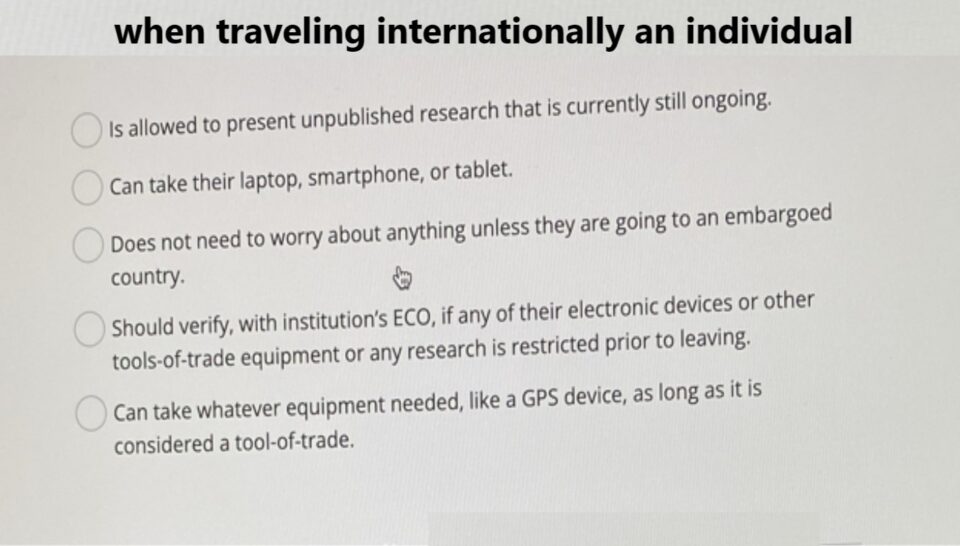Get Behind 18 Wheelers at Your Own Risk… Buses and large semi trucks are a test to drive behind if you’re not careful. Those vehicles have large blind spots, take longer to stop and can also be dangerous if debris or cargo is not tied down. This guide offers some very important safety tips to keep in mind when driving behind large trucks to help you arrive at your destination safely and help prevent accidents.
Gaining Perspective on the Dangers of Road-Crossing Behind Cumbersome Trucks
Heavy trucks — semi-trailers and cargo haulers — are essential in getting goods delivered. But they also pose unique challenges:
- Blind Spots: Trucks have very large blind spots on all sides of the vehicle, particularly behind and to the right. If the truck driver cannot see you in their side mirrors, you are likely invisible to them as well.
- Longer Braking Distance: Due to the size and weight of trucks, they need a lot more time and distance to come to a full stop. If a truck suddenly comes to a halt, following too closely can cause an accident.
- The training material covers several topics including:keletal: OPENig pits UNSECURED LOADS — If an unsecured item on a semi-truck’s trailer load breaks free, it puts the trucks in the opposite lane at risk.
How to Drive Safely When Following Large Trucks
1. Keep a Safe Distance from Vehicles
You should maintain a gap of at least four seconds between your vehicle and the truck. That’s enough distance to allow for a reaction in the event the truck suddenly brakes, or debris drops into the roadway.
2. Stay Visible
Do not linger in the truck’s blind spots. Those consist of areas behind the truck, along the sides, and near the front. If passing is necessary, do so safely and quickly.
3. Avoid Tailgating
Tailgating increases the likelihood of a rear-end collision. It also blocks your sight line as the truck can obscure your view of the road ahead.
4. Be Cautious When Passing
Always use your indicators and pass trucks on the left side, as they have a bigger blind spot on their right side. Make sure you have enough space to get back into the lane in front of the truck.
5. Anticipate Wide Turns
Trucks frequently need far more room to take a turn — particularly a right turn. Stay back and give them the space they need to navigate.
6. Watch for Signals
Watch for the truck’s turn signals and brake lights. Such indicators are give indirect clues as to the driver’s intentions so you can adjust your driving roadway.
7. Stay Calm in Adverse Weather
Rain, snow and fog, all make highway visibility poor and roads slippery. In such scenarios, keep an even larger gap behind trucks.
Beliefs and Misconceptions About Traveling Behind Big Rigs
1. “Trucks Can Stop Like Cars”
Reality: It takes a lot more time and ground for trucks to come to a stop. Their brake systems are built for heavy loads, not sudden stops.
2. “Tailgating Helps Save Fuel”
Reality: Yes, while drafting may save fuel, it is incredibly deadly. Tailgating increases the risk of accidents significantly.
3. Be Watchful
One of the greatest causes of accidents is distracted driving. Fuel safety tip 3: Avoid distractions when driving behind a large truck.
Conclusion
If you are traveling behind the tail of large trucks, your safety should always come first. Keeping a safe distance, ensuring visibility and predicting the actions of the truck driver can help reduce risks and ensure a better ride. In conclusion: knowing the problems that large trucks can pose and following these safety tips can help save you on the road.
Be alert, be safe on the road, and keep the road safe for large trucks.






